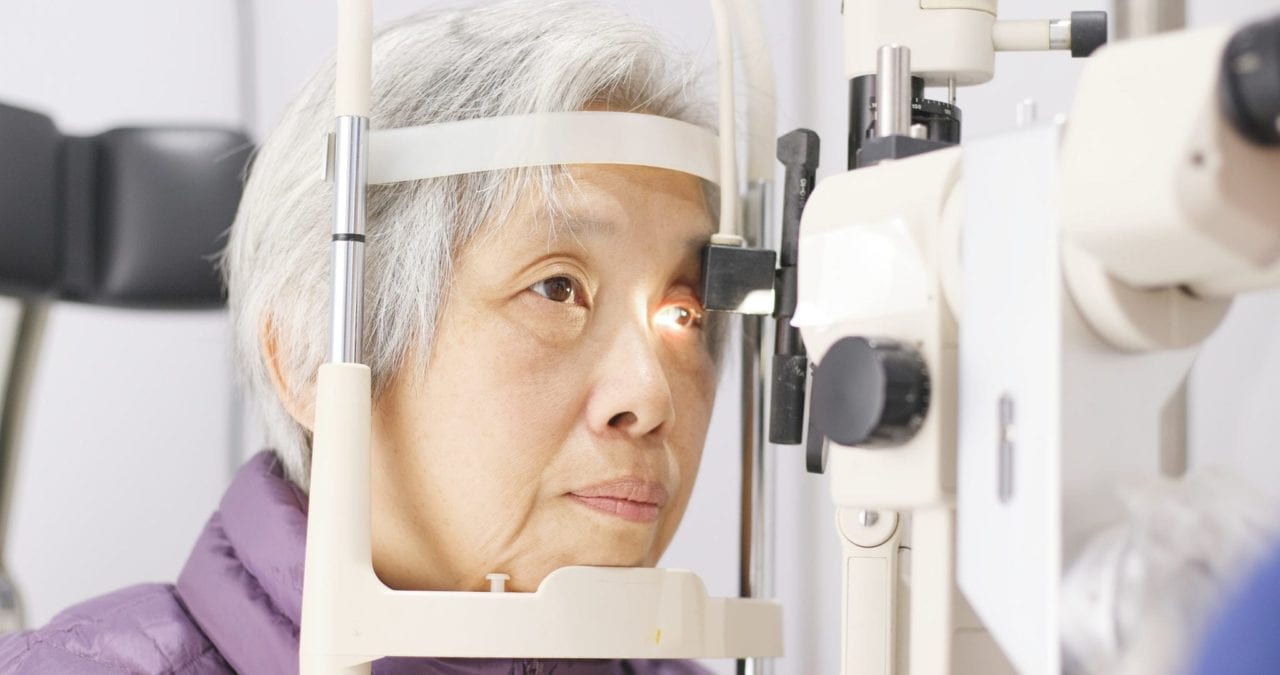Physical Address
304 North Cardinal St.
Dorchester Center, MA 02124
Physical Address
304 North Cardinal St.
Dorchester Center, MA 02124

Did you know that astigmatism is one of the most common health issues in existence?
It’s true! In fact, it is estimated that approximately 33 percent of the population in the United States has some degree of astigmatism!
Luckily, astigmatism is also quite treatable. Below we’re going to take a brief look at:
What exactly is astigmatism, you ask? Well, basically it’s an eye issue that results in blurred vision. This blurred vision happens when the eye does not focus light evenly onto the retina. (The retina is a light-sensitive tissue at the back of the eye.)
You can think of it this way… a normal eye has a curved cornea, similar to a basketball. So it has the same degree of roundness in all areas. On the other hand, an eye with astigmatism has a different cornea. It’s usually curved like the shape of a football at times.
That abnormal shape means light is bent differently when it strikes the cornea. Because it affects how the light is bent, it’s a kind of refractive error with the eye. The images that a person with astigmatism sees are often blurry and stretched out.
There is also what’s called slight astigmatism. This often goes unnoticed because there isn’t much change in the person’s vision.
Astigmatism can be present at birth or can develop later in life. It can also affect people of any age… children, adults, and seniors.
Early detection of astigmatism is crucial. In the early stages, astigmatism is usually easy to correct. You can detect this eye refraction error early by visiting your eye doctor regularly.
So, when should you visit a doctor? Well, there are different signs and symptoms of astigmatism. Experiencing any of these symptoms calls for a visit to your eye doctor. Check out these symptoms below:
The diagnosis of astigmatism is usually done through a comprehensive dilated eye exam. For many people astigmatism can often go unnoticed. This is especially true for little kids who are not aware there is something wrong with their vision. Especially if they think their vision is not different than anyone else’s.
Additionally, there are adults who have mild astigmatism and are unaware because they don’t experience any symptoms. Again, visiting your eye doctor helps you maintain healthy eyesight.
Fortunately, there are a few ways to correct astigmatism and give you better eyesight. The top 4 astigmatism treatments are:
Getting prescription glasses is the most common and safest way to correct astigmatism. Often it’s also the cheapest. There are different appropriate lenses for people with astigmatism. Your eye doctor will know what is best for you after your check up.
Another common way of correcting astigmatism is through contact lenses. These lenses become the first refractive surface for light rays entering your eye. This way, it helps give you a more precise refraction and helps you focus better. Contact lenses also help you see better. For some people, contact lenses can be uncomfortable while others prefer them over eyeglasses.
The next option in this list is refractive surgery. Through surgery, the doctors can change the shape of your cornea permanently. This helps restore the focusing power of your eye as it allows the light rays to focus precisely on the retina for improved vision.
Lasik surgery is the latest form of eye correcting surgery. It uses state-of-the-art laser technology to correct astigmatism fully. It can even reduce or eliminate the need for prescription glasses. However, not everyone is a great candidate for lasik. Ask your doctor first regarding this type of treatment.
Another common eye issue is macular degeneration. For more on that, read the article 8 Persistent Misconceptions About Macular Degeneration.